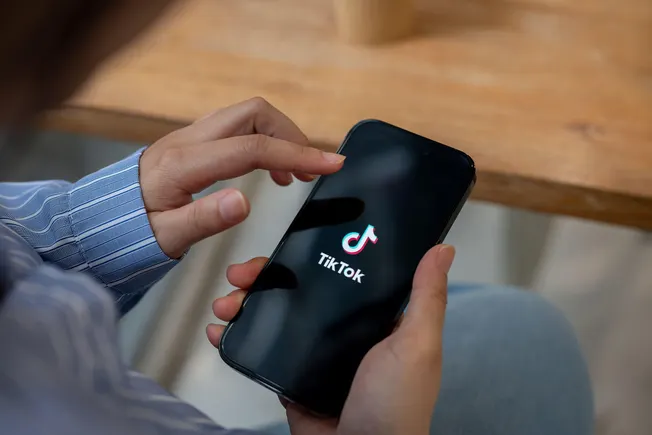TL;DR Summary of TikTok-U.S. Saga: The Ongoing Algorithm Ownership Standoff
Optimixed’s Overview: Navigating the Complex TikTok Algorithm Ownership Battle Between the U.S. and China
Background of the TikTok-U.S. Security Concerns
The U.S. government has pushed for TikTok’s sale to a domestic entity citing national security risks related to data privacy and potential influence by the Chinese Communist Party (CCP). However, over 200 days after the Senate-approved sell-off bill, no resolution has been reached.
China’s Stance and Algorithm Protection
- Chinese authorities categorically refuse to include TikTok’s core recommendation algorithm in any sale, citing export restrictions on critical technologies.
- The CCP accuses the U.S. of hypocrisy, highlighting the White House’s own TikTok account launch as undermining their security claims.
- China also points to previous U.S. actions against Chinese tech firms like Huawei and DJI as unjustified, framing the TikTok issue within broader geopolitical tensions.
Challenges to U.S. Negotiations and Potential Outcomes
U.S. partners are reluctant to proceed without access to TikTok’s algorithm, which powers its highly effective content personalization. Alternative proposals, such as a U.S.-only TikTok version with a limited algorithm, have been rejected by TikTok.
The algorithm’s sophisticated entity recognition and user behavior matching give TikTok a competitive edge, but also raise privacy and ethical concerns that complicate the sale.
Implications and Next Steps
- If no deal is reached by the September 17th deadline, the U.S. government may impose a full ban on TikTok.
- This ongoing impasse highlights the clash between technology sovereignty, data security, and international diplomacy.
- The outcome will significantly impact how cross-border technology services are regulated and controlled in the future.
